Position & Mind
Both physical position and an open mind,
Determine gifts you may receive;
Such a plethora await, extraordinary and kind,
Peace, your choices retrieve.
© F.W. Heaton October 2017
Rick Smith, my Albion College roommate and life-long friend, has a favorite saying: in order to receive a gift from nature, you've got to put yourself in position to receive it. Rick, a now retired 31-year career National Park Service employee, was chiefly referring to experiencing the glories of our natural world such as witnessing a bald eagle in flight, the wildness of the wolf, geese teaching their goslings, and endless other examples. Whereas Rick was referring to gifts from the natural world, in later years we've expanded the notion to include all aspects of the human condition.
That said, yesterday, Sunday 8 October 2017, Mary & I, along with daughter, Mandy, and spouse, Steve, experienced an excellent example of that notion as it applies to parks and poetry. We were on our first day of a 4-day New York City visit, were walking to a restaurant for dinner, and chose, as our route, to walk through Washington Square Park, a ten-acre park in Greenwich Village, south Manhattan. Entering the park and approaching the open square, we came upon a single individual, his back to us, sitting on a short chair at a small table facing the throng coming and going through the square. People were approaching him, apparently curious to see what he was doing, offering? As we moved closer, we realized he was typing on a small portable manual typewriter. Closer yet and coming around to the front, we read his small sign in chalk under his table: "You select Topic and Price. Stoic Prose. Poetry on Demand."
Now, think about this. Here are Mary & me, two people who have two e-books for sale on Amazon, one on how to write poetry and the other on how to enjoy parks, and here we are face-to-face with someone who has already shown himself to be both kind and good by virtue of watching his interaction with and poem-writing for three young girls, perhaps from China, who were more than pleased/intrigued with his poem and their experience with him.
And now it was our turn. Steve introduced himself and then me to him, asking him to "please write a poem to my father-in-law about parks and poetry." He studied me for a few moments, put a piece of paper into his typewriter, thought a bit more, and then began to write. His keystrokes were thoughtful, deliberate, and . . . permanent—he had no eraser. The one piece of paper on which he was writing measured approximately 4" x 3". He seemed to talk to himself from time-to-time as he thought through what he wanted to say. When done, his entire process from introduction to completion had taken perhaps four minutes. He pulled the paper from the typewriter, looked up, made sure our eyes were connected, and then began to read his poem to me aloud:
"What would we do? Without you who looks
over a park like this where the human
race can sit for a moment; trading
tears and shedding fears to hear sweet
music of birds frustling and the wind
bringing a mist, allowing fist's in the
air to dare a fairness for all; a tall
order as the days grow shorter and the
lightpost grows older and the kids get
bolder, the smolder stays the same,
no matter the name of sacred places
like you."
Approximately three-quarters of the way through his reading, it became apparent tears were beginning to form in his eyes while he was reading. Realizing this, I started to cry as did Mandy. When done, it was a most extraordinary moment of gentleness, kindness, connection—caring and sharing with a complete stranger, as though we were long-time friends. His reading complete and wiping his eyes, he handed me the piece of paper, our eyes still locked, me not knowing his mind, but me knowing mine: thankfulness for his gift, appreciation for his skill, admiration for his courage to not only make an extraordinary offer of on-demand creativity to all comers, but to deliver on the promise!
As we were departing, I returned to give him our card, advising we are writers, have e-books available on Amazon on writing poetry and visiting/supporting parks, and asking his permission to post on our Website and Blog our photo of him, his poem, and a write-up of the experience. He gave us an enthusiastic "Yes". There are a number of choices involved in this story: Steve deciding to get off the train a stop early and walk through Washington Square Park instead of training under it, us choosing to approach the person with his back to us, curious as to his activity, learning what he was doing/offering, deciding to say yes, Steve paying for his requested poem and choosing the topic, spending a bit more time afterwards with the poet. As Rick advised, you may not receive a gift each time, but you'll receive them more often if you keep your mind open to them and put yourself in position more often to receive them. Thank you, dear park poet! We celebrate your gift!



















